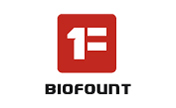
-
去铁胺
- names:
Deferoxamine
- CAS号:
70-51-9
MDL Number: MFCD00242585 - MF(分子式): C25H48N6O8 MW(分子量): 560.684
- EINECS:Ba 29837/Ba 33112/NSC-527604 Reaxys Number:
- Pubchem ID:2973 Brand:BIOFOUNT
| 货品编码 | 规格 | 纯度 | 价格 (¥) | 现价(¥) | 特价(¥) | 库存描述 | 数量 | 总计 (¥) |
|---|---|---|---|---|---|---|---|---|
| DBK500194-500mg | 500mg | 97% | ¥ 0.00 | ¥ 0.00 | Get quote | ¥ 0.00 | ||
| DBK500194-100mg | 100mg | 97% | ¥ 7500.00 | ¥ 7500.00 | Instock | ¥ 0.00 |
| 中文别名 | 去铁胺(70-51-9);去铁胺B;甲磺酸去铁胺;去铁胺甲烷磺酸盐;去铁胺B甲磺酸盐;甲磺酸盐去铁胺;甲磺酸盐去铁胺B;甲磺酸去铁胺; N- [5-[[4- [5- [乙酰基(羟基)氨基]戊基氨基] -4-氧代丁酰基]-羟基氨基]戊基] -N'-(5-氨基戊基)-N'-羟基丁二酰胺; |
| 英文别名 | Deferoxamine(70-51-9);Deferoxamine B;Deferoxamine Mesilate;Deferoxamine Mesylate;Deferoxamine Methanesulfonate;Deferoximine;Deferrioxamine B;Desferal;Desferioximine;Desferrioxamine;Desferrioxamine B;Desferrioxamine B Mesylate;Desferroxamine;Mesilate, Deferoxamine;Mesylate, Deferoxamine;Mesylate, Desferrioxamine B;Methanesulfonate, Deferoxamine;N-[5-[[4-[5-[acetyl(hydroxy)amino]pentylamino]-4-oxobutanoyl]-hydroxyamino]pentyl]-N'-(5-aminopentyl)-N'-hydroxybutanediamide; |
| CAS号 | 70-51-9 |
| SMILES | CC(=O)N(O)CCCCCNC(=O)CCC(=O)N(O)CCCCCNC(=O)CCC(=O)N(O)CCCCCN |
| Inchi | InChI=1S/C25H48N6O8/c1-21(32)29(37)18-9-3-6-16-27-22(33)12-14-25(36)31(39)20-10-4-7-17-28-23(34)11-13-24(35)30(38)19-8-2-5-15-26/h37-39H,2-20,26H2,1H3,(H,27,33)(H,28,34) |
| InchiKey | UBQYURCVBFRUQT-UHFFFAOYSA-N |
| 分子式 Formula | C25H48N6O8 |
| 分子量 Molecular Weight | 560.684 |
| 闪点 FP | No data available |
| 熔点 Melting point | 139 °C -140℃ |
| 沸点 Boiling point | 627.9°C (rough estimate) |
| Polarizability极化度 | 57.3±0.5 10-24cm3 |
| 密度 Density | 1.2±0.1克/厘米3 |
| 蒸汽压 Vapor Pressure | |
| 溶解度Solubility | |
| 性状 | White solid powder |
| 储藏条件 Storage conditions | Store at-20°C |
去铁胺(70-51-9,Deferoxamine)毒理性质:
在大型临床试验中,接受去铁胺治疗的患者很少发生血清氨基转移酶水平升高的情况,并且没有急性,临床上明显的肝损伤病例的报道。与输血相关的铁超负荷患者通常并发慢性乙型或丙型肝炎,在螯合治疗期间血清氨基转移酶水平升高可能是由于潜在的慢性肝病活动的自然波动所致。然而,血清去铁酶水平升高和“肝功能障碍”被列为去铁胺产品标签中的潜在不良事件。早期报道血液透析患者发生肝炎后接受去铁胺还原铝 在水平上,没有进一步公开的证据证明与去铁胺治疗有关的临床上明显的肝损伤。 可能性评分:E(不太可能引起临床上明显的肝损伤)。
| 生物 | 测试类型 | 路线 | 报告剂量(标准化剂量) | 影响 | 资源 |
| child | TDLo | multiple routes | 440mg/kg/6D-I (440mg/kg) | SENSE ORGANS AND SPECIAL SENSES: "RETINAL CHANGES (PIGMENTARY DEPOSITIONS, RETINITIS, OTHER): EYE" | Archives of Disease in Childhood. Vol. 63, Pg. 250, 1988. |
| child | TDLo | subcutaneous | 12gm/kg/17W-I (12000mg/kg) | SENSE ORGANS AND SPECIAL SENSES: CHANGE IN ACUITY: EAR | New England Journal of Medicine. Vol. 314, Pg. 869, 1986. |
| SENSE ORGANS AND SPECIAL SENSES: OPTIC NERVE NEUROPATHY: EYE | |||||
| human | TDLo | subcutaneous | 37gm/kg/2Y-I (37000mg/kg) | SENSE ORGANS AND SPECIAL SENSES: OPTIC NERVE NEUROPATHY: EYE | New England Journal of Medicine. Vol. 314, Pg. 869, 1986. |
| man | TDLo | intravenous | 86mg/kg/1H-C (86mg/kg) | BLOOD: THROMBOCYTOPENIA | American Journal of Kidney Diseases. Vol. 6, Pg. 254, 1985. |
| mouse | LD50 | intraperitoneal | 1680mg/kg (1680mg/kg) | Kiso to Rinsho. Clinical Report. Vol. 4, Pg. 99, 1970. | |
| mouse | LD50 | intravenous | 250mg/kg (250mg/kg) | LUNGS, THORAX, OR RESPIRATION: DYSPNEA | United States Patent Document. Vol. #4863964, |
| mouse | LD50 | oral | 1340mg/kg (1340mg/kg) | Arzneimittel-Forschung. Drug Research. Vol. 17, Pg. 748, 1967. | |
| mouse | LD50 | subcutaneous | 1450mg/kg (1450mg/kg) | Iyakuhin Kenkyu. Study of Medical Supplies. Vol. 6, Pg. 119, 1975. | |
| rat | LD50 | intravenous | 329mg/kg (329mg/kg) | Toxicology and Applied Pharmacology. Vol. 18, Pg. 185, 1971. | |
| rat | LD50 | subcutaneous | 12240mg/kg (12240mg/kg) | Iyakuhin Kenkyu. Study of Medical Supplies. Vol. 6, Pg. 119, 1975. | |
| women | TDLo | intravenous | 40mg/kg (40mg/kg) | SENSE ORGANS AND SPECIAL SENSES: VISUAL FIELD CHANGES: EYE | Nephron. Vol. 46, Pg. 211, 1987. |
| SENSE ORGANS AND SPECIAL SENSES: HEMORRHAGE: EYE |
去铁胺(70-51-9,Deferoxamine)毒性摘要:
小鼠,大鼠和兔子的静脉内LD 50分别为340 mg / kg,520 mg / kg和600 mg / kg。小鼠和大鼠的皮下LD 50分别为1600 mg / kg和> 1000 mg / kg。小鼠和大鼠的口服LD 50分别 > 3000 mg / kg和> 1000 mg / kg。长期服用慢性铁超负荷后,已有肾毒性,耳毒性和视网膜毒性的报道。
去铁胺(70-51-9,Deferoxamine)使用注意事项:
1.实验前需戴好防护眼镜,穿戴防护服和口罩,佩戴手套,避免与皮肤接触。
2.实验过程中如遇到有毒或者刺激性物质及有害物质产生,必要时实验操作需要手套箱内完成以免对实验人员造成伤害。
3.取样品的移液枪头需及时更换,必要时为避免交叉污染尽可能选择滤芯吸头。
4.称量药品时选用称量纸,并无风处取药和称量以免扬撒,试剂的容器使用前务必确保干净,并消毒。
5.取药品时尽量采用多个药勺分别使用,使用后清洗干净。
6.实验后产生的废弃物需分类存储,并交于专业生物废气物处理公司处理,以免造成环境污染。
大规格定制:定制产品请将信息发送至sales@bio-fount.com。
Experimental considerations:
1. Wear protective glasses, protective clothing and masks, gloves, and avoid contact with the skin during the experiment.
2. The waste generated after the experiment needs to be stored separately, and handed over to a professional biological waste gas treatment company to avoid environmental pollution.
Tags:去铁胺试剂,去铁胺杂质,去铁胺中间体,去铁胺密度,去铁胺溶解度,去铁胺合成,去铁胺溶解度,去铁胺旋光度,去铁胺购买,
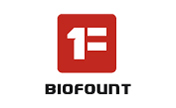
| 产品说明 | 去铁胺(70-51-9,Deferoxamine)是乙酰氧肟酸的有机化合物, 是带有在其碳中心连接的甲基的异羟肟酸基团的有机化合物. |
| Introduction | 去铁胺(70-51-9,Deferoxamine) is a drug used to chelate iron and aluminum to relieve acute metal poisoning. |
| Application1 | Aluminum overloadChronic Iron OverloadChronic aluminum overloadAcute iron intoxication |
| Application2 | 去铁胺(70-51-9,Deferoxamine) is a Substrate。 |
| Application3 | 去铁胺是从毛链霉菌分离的天然产物。去铁胺形成铁络合物,并用作螯合剂,去铁胺可作为是甲磺酸盐形式。 |
1、去铁胺是一种铁螯合剂,可与游离铁结合形成稳定的复合物,从而防止其参与化学反应。去铁胺螯合物铁从帧内溶酶体铁蛋白和siderin形成铁草胺,一水可溶螯合物经肾脏和经由胆汁粪便中排出。该试剂不易结合运铁蛋白,血红蛋白,肌红蛋白或细胞色素中的铁。
2、去铁胺是一种肠胃外给药的铁螯合剂,用于治疗与输血有关的慢性铁超负荷。去铁胺很少在治疗过程中引起血清氨基转移酶升高,也没有令人信服地与临床上明显的肝损伤有关。
3、去铁胺,也称为DFO或Desferal,属于有机化合物,称为乙酰氧肟酸。这些是包含带有在其碳中心连接的甲基的异羟肟酸基团的有机化合物。因此,去铁胺被认为是脂肪酰胺脂质分子。去铁胺是一种用于治疗某些患者的急性铁或铝毒性(体内铝过量)的药物。也用于某些必须多次输血的贫血患者。去铁胺以固体形式存在,被认为实际上不溶(在水中),并且相对中立。在多种生物流体(如尿液和血液)中检测到了去铁胺。在细胞内,去铁胺主要位于细胞质中。
4、去铁胺(也称为去铁胺B,去铁胺B,DFO-B,DFOA,DFB或去铁)是由放线菌链霉菌产生的细菌铁载体。 它在医学上具有作为螯合剂的作用,可以从体内去除多余的铁。 DFO-B的甲磺酸盐是可商购的。它在世界卫生组织的基本药物目录中,是基本卫生系统中最重要的药物。
去铁胺(70-51-9,Deferoxamine)物理属性:
| 物理特性 | 值 | 单位 | 温度(摄氏度) | 资源 |
| Melting Point | 140 | deg C | EXP | |
| log P (octanol-water) | -2.54 | (none) | EST | |
| Water Solubility | 1.20E+04 | mg/L | 20 | EXP |
| Atmospheric OH Rate Constant | 1.35E-10 | cm3/molecule-sec | 25 | EST |
| 警示图 | |
| 危险性 | |
| 危险性警示 | LD50 oral in mouse: 1340mg/kg |
| 安全声明 | |
| 安全防护 | |
| 备注 | 实验过程中防止吸入、食如,做好安全防护 |
| 象形图 | 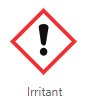 |
| 信号 | Warning |
| GHS危险说明 | Aggregated GHS information provided by 195 companies from 3 notifications to the ECHA C&L Inventory. |
| H302 (98.97%): Harmful if swallowed [Warning Acute toxicity, oral] | |
| Information may vary between notifications depending on impurities, additives, and other factors. The percentage value in parenthesis indicates the notified classification ratio from companies that provide hazard codes. Only hazard codes with percentage values above 10% are shown. | |
| 防范说明代码 | P264, P270, P301+P312, P330, and P501 |
| (The corresponding statement to each P-code can be found at the GHS Classification page.) |
| Zoltan Konyari, Vilmos Keri, Antal Kovacs, Sandor Horkay, Laszlo Eszenyi, Janos Erdelyi, Ilona Himesi, Gyorgy Toth, Janos Balint, SzilaJudit, Ferenc Vinczi, Csaba Szabo, Nelli Sas, "Process for the pr |
| Increased Efficacies in Magnetofection and Gene Delivery to Hepatocellular Carcinoma Cells with Ternary Organic–Inorganic Hybrid Nanocomposites Chem. Asian J. 2013 10.1002/asia.201300202 |
| Chemical Mechanisms of the Toxicological Properties of Nanomaterials: Generation of Intracellular Reactive Oxygen Species Chem. Asian J. 2013 10.1002/asia.201300542 |
| mpaired ferritinophagy flux induced by high fat diet mediates hepatic insulin resistance via endoplasmic reticulum stress Food and chemical toxicology : an international journal published for the Brit |
| Deferoxamine inhibits iron-uptake stimulated osteoclast differentiation by suppressing electron transport chain and MAPKs signaling Toxicology letters |
1、Desferrioxamine decreases NAD redox potential of intact red blood cells: evidence for desferrioxamine as an inducer of oxidant stress in red blood cells
Yutaka Niihara, Junli Ge, Oded Shalev, Huiyuan Wu, Amy Tu & Kouichi R Tanaka
Abstract Background Desferrioxamine (DFO) is an important iron chelating agent. It has also been thought of as an agent with anti-oxidant potential as it chelates ferric iron in various parts of the body. However, there is evidence suggesting that it may paradoxically affect red blood cells (RBC) by inducing intracellular oxidant stress. To further understand the mechanism of DFO's interaction with RBC, we conducted a study to determine the effect of DFO upon RBC's redox status. Methods We examined NAD redox potential in intact RBC (N = 5) incubated with DFO. RBC were incubated with 6 mM DFO for 2 hours. Results Significant decreases in NAD redox potential were observed after incubation of RBC with 6 mM DFO. The mean decrease was 10.01 ± 1.98% (p < 0.0004).
2、Analogues of desferrioxamine B (DFOB) with new properties and new functions generated using precursor-directed biosynthesis
Thomas J. Telfer, Tomas Richardson-Sanchez, Michael P. Gotsbacher, Kate P. Nolan, William Tieu & Rachel Codd
Abstract Desferrioxamine B (DFOB) is a siderophore native to Streptomyces pilosus biosynthesised by the DesABCD enzyme cluster as a high affinity Fe(III) chelator. Although DFOB has a long clinical history for the treatment of chronic iron overload, limitations encourage the development of new analogues. This review describes a recent body of work that has used precursor-directed biosynthesis (PDB) to access new DFOB analogues. PDB exploits the native biosynthetic machinery of a producing organism in culture medium augmented with non-native substrates that compete against native substrates during metabolite assembly. The method allows access to analogues of natural products using benign methods, compared to multistep organic synthesis. The disadvantages of PDB are the production of metabolites in low yield and the need to purify complex mixtures. Streptomyces pilosus medium was supplemented with different types of non-native diamine substrates to compete against native 1,5-diaminopentane to generate DFOB analogues containing alkene bonds, fluorine atoms, ether or thioether functional groups, or a disulfide bond. All analogues retained function as Fe(III) chelators and have properties that could broaden the utility of DFOB. These PDB studies have also added knowledge to the understanding of DFOB biosynthesis.
3、Heme oxygenase-1-mediated neuroprotection in subarachnoid hemorrhage via intracerebroventricular deferoxamine
Robert H. LeBlanc III, Ruiya Chen, Magdy H. Selim & Khalid A. Hanafy
Abstract Background Subarachnoid hemorrhage (SAH) is a devastating disease that affects over 30,000 Americans per year. Previous animal studies have explored the therapeutic effects of deferoxamine (DFX) via its iron-chelating properties after SAH, but none have assessed the necessity of microglial/macrophage heme oxygenase-1 (HO-1 or Hmox1) in DFX neuroprotection, nor has the efficacy of an intracerebroventricular (ICV) administration route been fully examined. We explored the therapeutic efficacy of systemic and ICV DFX in a SAH mouse model and its effect on microglial/macrophage HO-1. Methods Wild-type (WT) mice were split into the following treatment groups: SAH sham + vehicle, SAH + vehicle, SAH + intraperitoneal (IP) DFX, and SAH + ICV DFX. For each experimental group, neuronal damage, cognitive outcome, vasospasm, cerebral and hematogenous myeloid cell populations, cerebral IL-6 concentration, and mitochondrial superoxide anion production were measured. HO-1 co-localization to microglia was measured using confocal images. Trans-wells with WT or HO-1−/− microglia and hippocampal neurons were treated with vehicle, red blood cells (RBCs), or RBCs with DFX; neuronal damage, TNF-α concentration, and microglial HO-1 expression were measured. HO-1 conditional knockouts were used to study myeloid, neuronal, and astrocyte HO-1 involvement in DFX-induced neuroprotection and cognitive recovery. Results DFX treatment after SAH decreased cortical damage and improved cognitive outcome after SAH yet had no effect on vasospasm; ICV DFX was most neuroprotective. ICV DFX treatment after SAH decreased cerebral IL-6 concentration and trended towards decreased mitochondrial superoxide anion production. ICV DFX treatment after SAH effected an increase in HO-1 co-localization to microglia. DFX treatment of WT microglia with RBCs in the trans-wells showed decreased neuronal damage; this effect was abolished in HO-1−/− microglia. ICV DFX after SAH decreased neuronal damage and improved cognition in Hmox1 fl/fl control and Nes Cre :Hmox1 fl/fl mice, but not LyzM Cre :Hmox1 fl/fl mice. Conclusions DFX neuroprotection is independent of vasospasm. ICV DFX treatment provides superior neuroprotection in a mouse model of SAH. Mechanisms of DFX neuroprotection after SAH may involve microglial/macrophage HO-1 expression. Monitoring patient HO-1 expression during DFX treatment for hemorrhagic stroke may help clinicians identify patients that are more likely to respond to treatment.
- 相关产品
-
< >
- 推荐产品
-
< >
- 最新产品
-
< >
新闻
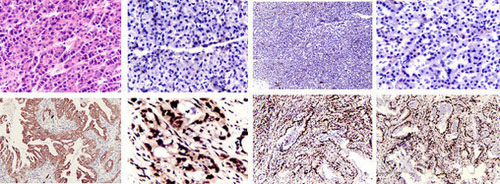
怎么做细胞爬片免疫组化染色实验
细胞爬片免疫组化染色,是通过细胞爬片是让玻片浸在细胞培养基内,细胞在玻片上生长,主要用于组织学,免疫组织化学...
2020/7/20 22:04:33
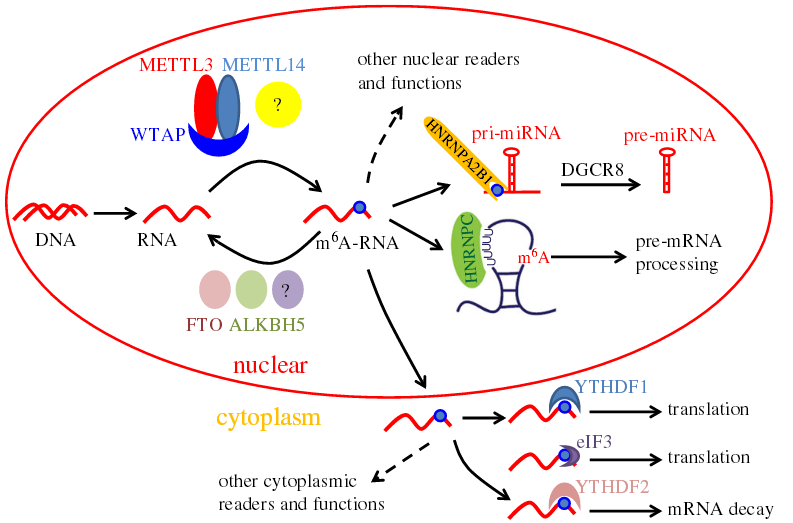
提取病毒RNA的实验方法
提取病毒RNA方法分别有:异硫氰酸胍的提取病毒RNA方法、TRIzol LS提取法、Trizol法提取法等等...
2020/7/22 20:29:26
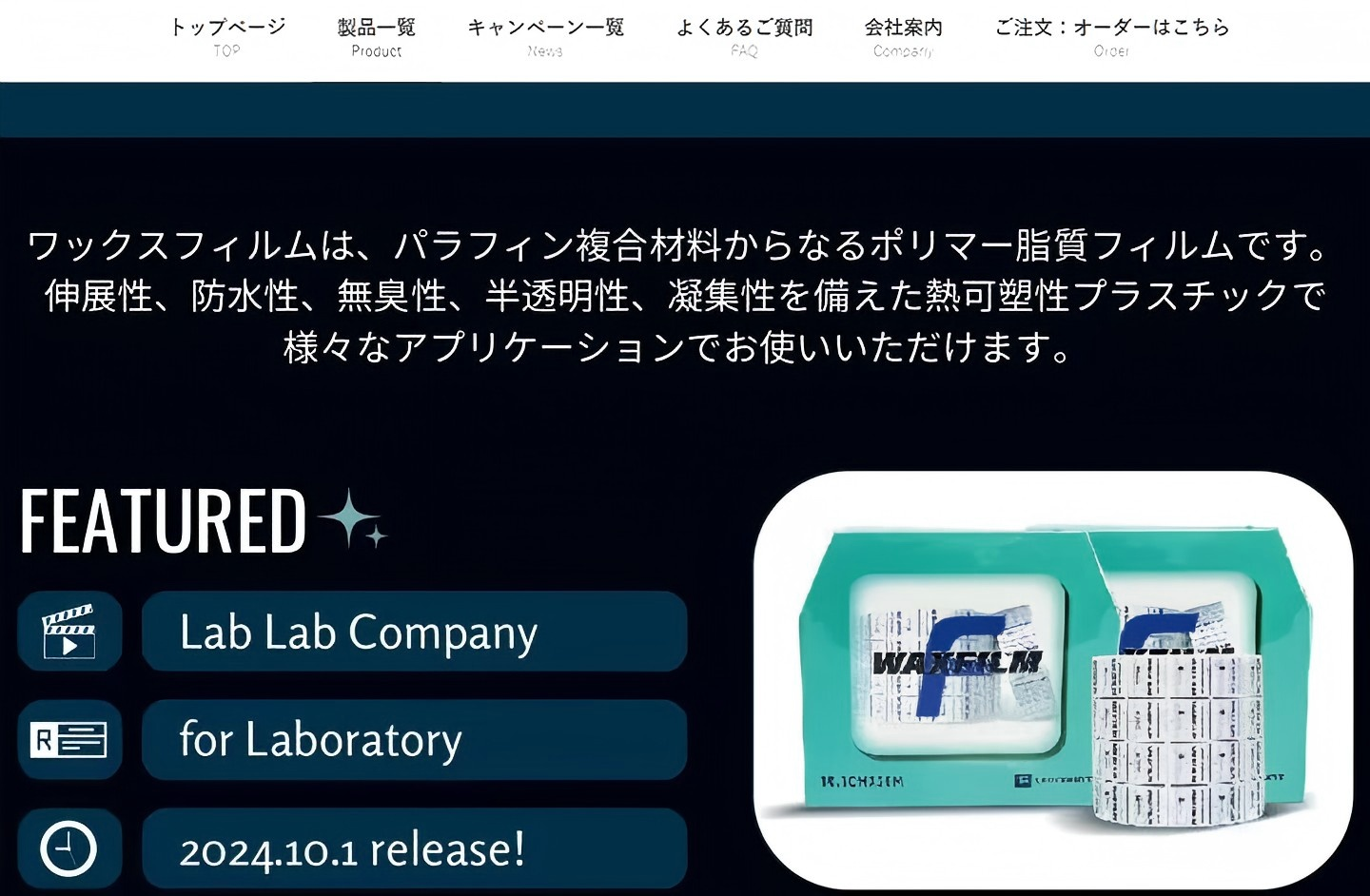
Waxfilm 实验室封口膜:技术与国际市场的双重突破
在实验室耗材领域,封口膜是保障实验准确性与稳定性的关键产品之一。近年来,Waxfilm?实验室封口膜凭借其卓...
2025/5/13 13:03:40
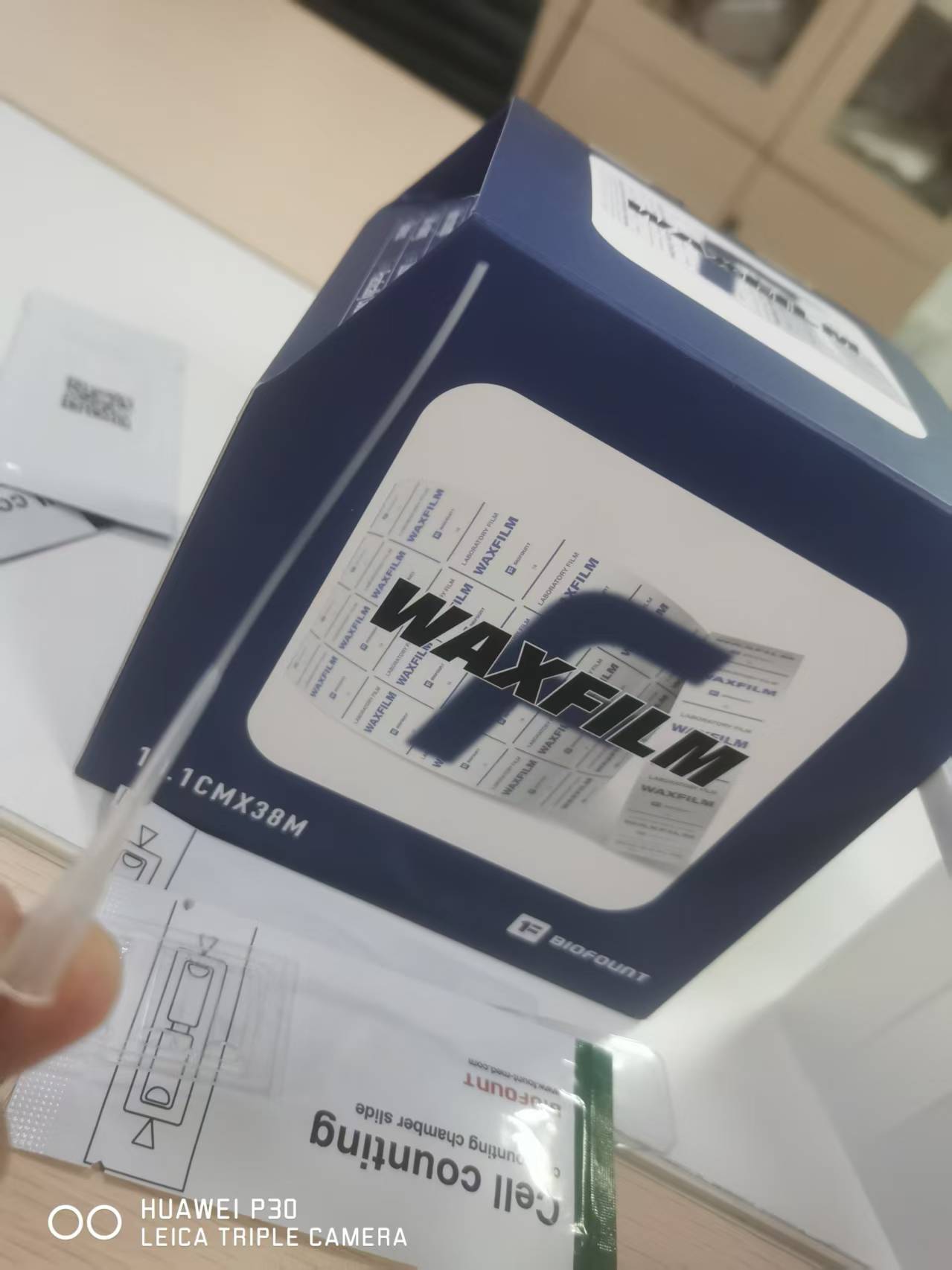
Waxfilm实验室封口膜的5大突破
Waxfilm实验室封口膜作为生物功能膜领域的国产技术突破和品牌突破,是生物领域中国技术发展的缩影。
2025/5/6 17:02:07
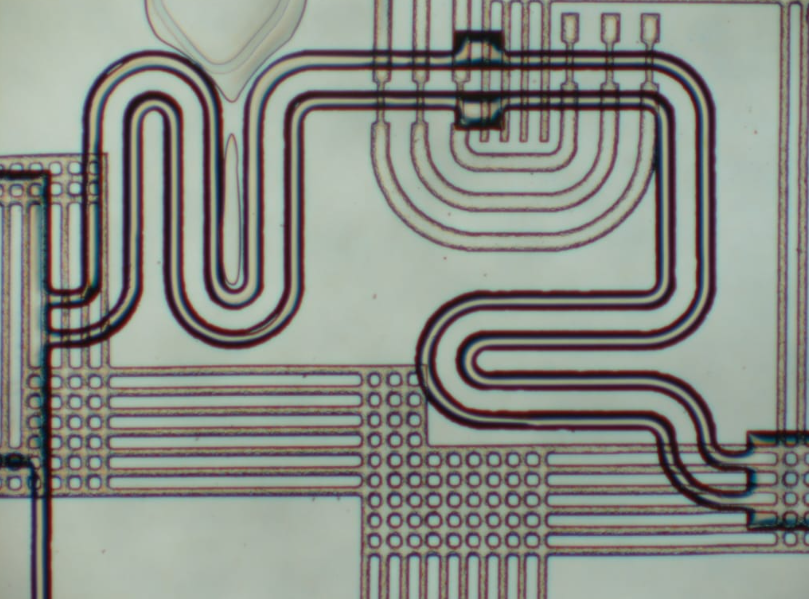
各种微流控芯片键合方法的优缺点
微流控芯片键合:目前主要有激光焊接、热压键合、胶键合、超音波焊接,每种方法都有各自的优缺点。本文主要介绍聚酯...
2023/7/28 10:43:09
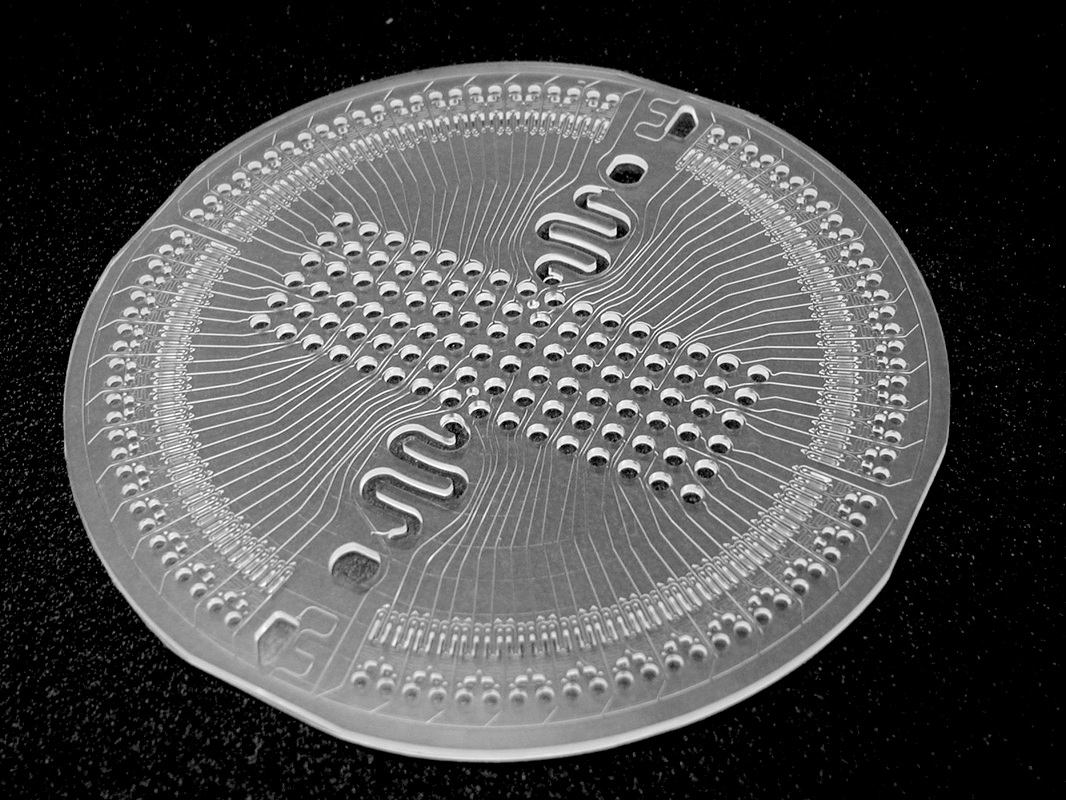
新一代微流控键合解决方案
微流控键合解决方案:微流控芯片制造的一个重要环节,也是最容易被忽视的--芯片键合。其中一个重要因素是:微流控...
2023/7/27 12:44:28
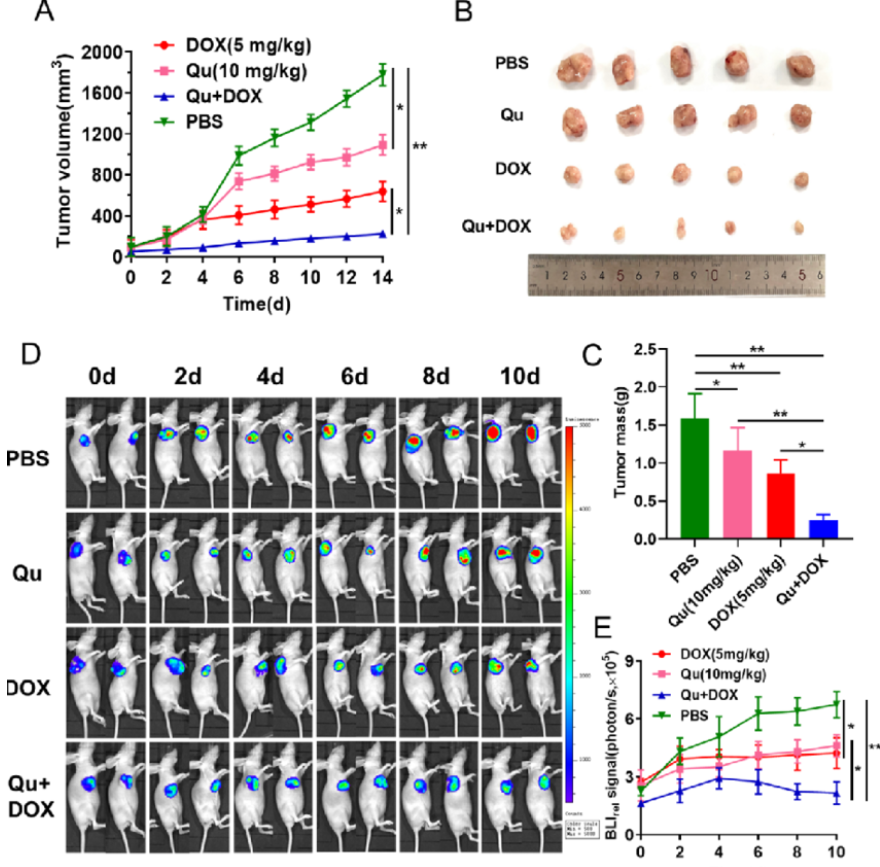
荧光素钾盐使用说明
D-荧光素钾盐(K+)设计用于体外和体内生物发光测定。D-荧光素的质量和纯度对于获得良好和可重复的结果至关重...
2023/7/20 11:05:11
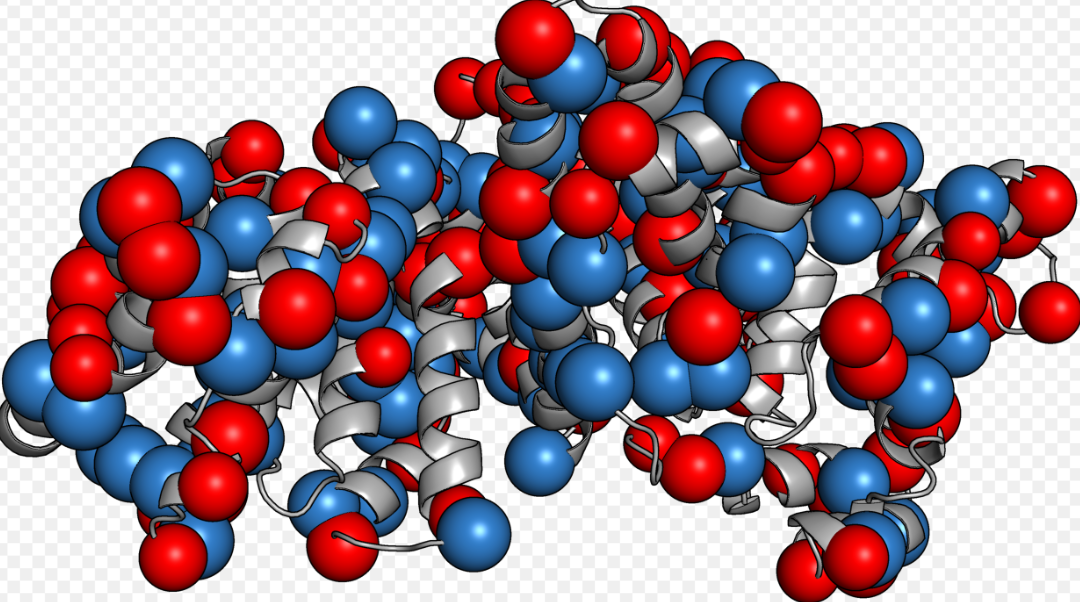
如何选BSA(牛血清白蛋白)
如何选BSA(牛血清白蛋白):牛血清白蛋白(BSA)有多种形式,如何选择适合自己的牛血清白蛋白(BSA)是一...
2023/2/14 13:09:18
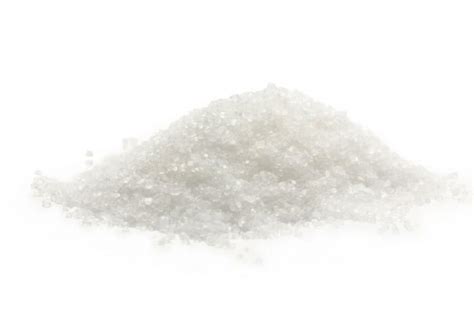
牛血清白蛋白(BSA)常见问题
牛血清白蛋白(BSA)常见问题:牛血清白蛋白(BSA)在实验室中是通用的,可用于蛋白质印迹、细胞组织培养、P...
2022/10/19 9:39:51
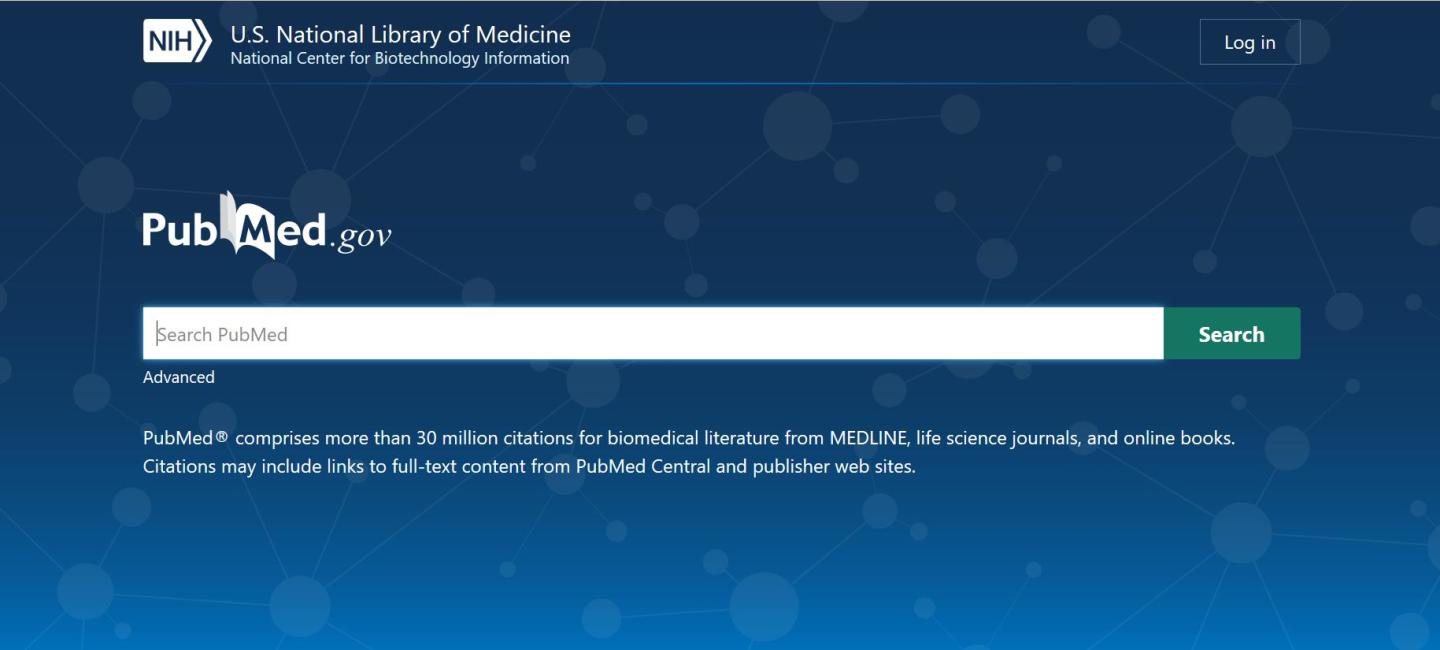
pubmed使用方法(技巧)
pubmed使用方法(技巧):PubMed是一个关于医学问题的学术文章和书籍的数据库。因为它是一份学术期刊,...
2022/10/18 18:06:07




 购物车
购物车 



